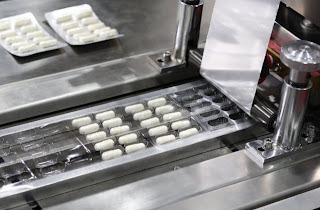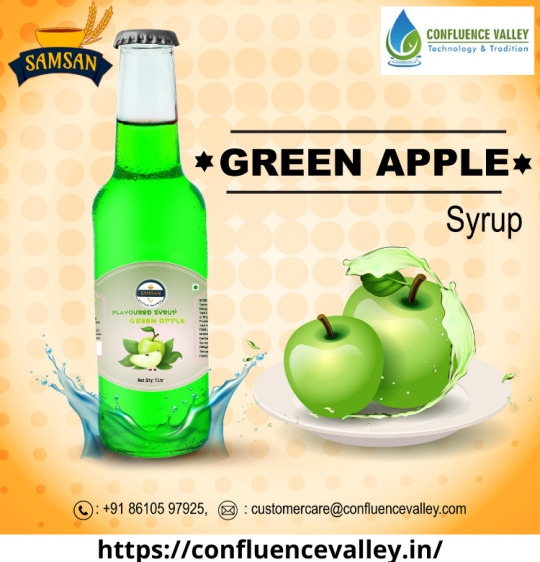#Manual Crown Corking Machines
Explore tagged Tumblr posts
Text
Get to Know Your Crown Corking Machine: A Comprehensive Guide
If you’re in the business of bottling beverages, then you know just how crucial it is to have a reliable and efficient crown corking machine. This machine is responsible for sealing the bottles and ensuring that your product stays fresh and carbonated for as long as possible. However, with so many different types and models of crown corking machines available, it can be challenging to know which…

View On WordPress
#Automatic Crown Corking Machines#Choosing the Right Crown Corking Machine for Your Business#Crown Corking Machines#How Crown Corking Machines Work#Maintaining Your Crown Corking Machine#Manual Crown Corking Machines#Parts of a Crown Corking Machine#Semi-Automatic Crown Corking Machines#The History of Crown Corking Machines#Troubleshooting Common Issues with Crown Corking Machines#Types of Crown Corking Machines#crown capping machine#capping machine#crown cap sealing machine#beer bottle capper
0 notes
Text
Capping Bottle Machine

Our bottle-capping machines embrace an old-world fashion of reliability via the use of trendy expertise. Therefore, you'll no longer waste time when fiddling round with low-quality crown and cork capping mechanisms. This will prevent a substantial quantity of time while making certain that a agency seal is at all times present. One of the most common bottle caps you can find on modern merchandise is the screw cap. Screw caps are successfully applied using a structure that provides a rotating gadget, making a high axial drive that is perfect for tightening. Snap lids are fixed on with a claw that fixes the lids onto the container - bottle filler.Some automatic capping machines also come with clean-in-place know-how, meaning you don’t have to manually clear them after use. This offers added comfort and minimizes the chances of contamination. That mentioned, a semi-automatic bottle capper might be your final choice for small to medium-scale production. Inline bottle cap tightening machines are important elements of production traces, specializing in securing caps on bottles with precision. The open design of the pick station and capping cone ensures that individual parts are readily accessible. Use of a hysteresis clutch ensures screw caps are applied at a continuing drive - capping bottle machine.Why not allow your selection of beer or wine to stand out with the assistance of our bottle labelling machines? As these units have been engineered to suit a wide variety of diameters, they truly offer a one-size-fits-all attraction. Our in-house skilled technical team has been supplying complex capping machines and production lines for over forty years. Our firm was based on the value of getting private touchpoints with all our prospects. We designed and built the capping machine which was then extensively tested ‘on the bench’ of their facility before being delivered to their Irish manufacturing facility for set up. The completed and working machine was handed over on time to the customer’s complete satisfaction. For more information, please visit our site https://packagingmachinesusa.com/
0 notes
Text
How to make Soft Drinks Part 1

Soft drinks are enormously popular beverages consisting primarily of club soda, sugar, and flavourings. Nearly 200 nations enjoy the sweet, sparkling soda with an annual consumption of quite 34 billion gallons. Soft drinks shops rank as America's favourite beverage segment, representing 25% of the full beverage market. within the early 1990s per capita consumption of sentimental drinks within the U.S. was 49 gallons, 15 gallons over the subsequent most well-liked beverage, water.
The roots of sentimental drinks are history. Two thousand years ago Greeks and Romans recognized the medicinal value of drinking water and bathed in it for relaxation, a practice that continues to this. within the late 1700s, Europeans and Americans began drinking sparkling drinking water for its reputed therapeutic benefits. the primary imitation drinking water within the U.S. was patented in 1809. it was called "soda water" and consisted of water and saleratus mixed with acid to feature effervescence. Pharmacists in America and Europe experimented with myriad ingredients within the hope of finding new remedies for various ailments. Already the flavoured soda waters were hailed as brain tonics for curing headaches, hangovers, and nervous afflictions.
Pharmacies equipped with "soda fountains" featuring the medicinal soda water soon developed into regular meeting places for local populations. Flavoured soda water gained popularity not just for medicinal benefits except for the refreshing taste moreover. The market expanded within the 1830s when soda water was first sold in glass bottles. Filling and capping the gaseous liquid in containers was a difficult process until 1850 when a manual filling and corking machine was successfully designed. The term "soda pop" originated in the 1860s from the popping sound of escaping gas as a pop bottle was opened.
New soda flavours constantly appeared on the market. a number of the more popular flavours were soft drinks in India, sarsaparilla, root beer, lemon, and other fruit flavours. within the early 1880s pharmacists experimented with powerful stimulants to feature soda water, including cola nuts and coca leaves. They were inspired by Bolivian Indian workers who chewed coca leaves to keep at bay fatigue and by West African workers who chewed cola nuts as a stimulant. In 1886 an Atlanta pharmacist, John Pemberton, took the fateful step of mixing coca with cola, thus creating what would become the world's most famous drink, "Coca-Cola". The beverage was advertised as refreshing also as therapeutic: "French Wine Cola—Ideal Nerve and Tonic Stimulant." some years later another pharmacist, Caleb Bradham, created "Pepsi-Cola" in North Carolina. Although the name was a derivation of pepsin, an acid that aids digestion, Pepsi didn't advertise the beverage as having therapeutic benefits. By the first 20th century, most cola companies focused their advertising on the refreshing aspects of their drinks.
As flavoured carbonated beverages gained popularity, manufacturers struggled to seek out an appropriate name for the drinks. Some suggested "marble water," "syrup water," and "aerated water." the foremost appealing name, however, was "soft drink," adapted within the hopes that soft drinks list would ultimately supplant the "hard liquor" market. Although the concept never stuck, the term potable did.
Until the 1890s soft drinks were produced manually, from blowing bottles individually to filling and packaging. During the subsequent 20 years, automated machinery greatly increased the productivity of soppy drink plants. Probably the foremost important development in bottling technology occurred with the invention of the "crown cap" in 1892, which successfully contained the carbonic acid gas in glass bottles. The crown cap design endured for 70 years.
The advent of automobiles spawned further growth within the drinkable industry. Vending machines, serving soft drinks in cups, became regular fixtures at service stations across the country. within the late 1950s, aluminium beverage cans were introduced, equipped with convenient pull-ring tabs and later with stay-on tabs. Light-weight and break-resistant plastic bottles came into use within the 1970s, though it had been not until 1991 that the potable industry used plastic PET (polyethene terephthalate) on a good scale.
Soft drink India manufacturers are quick to reply to consumer preferences. In 1962 diet colas were introduced in response to the style of thinness for ladies. within the 1980s the growing health consciousness of the country led to the creation of caffeine-free and low-sodium soft drinks. The 1990s ushered in clear colas that were colourless, caffeine-free, and preservative-free.
0 notes